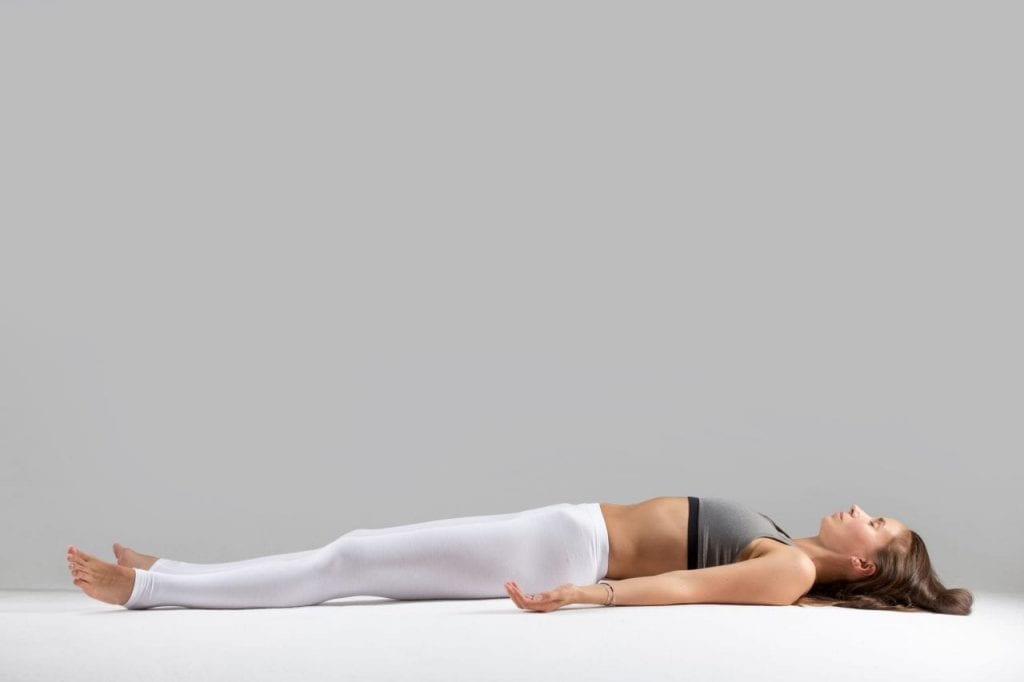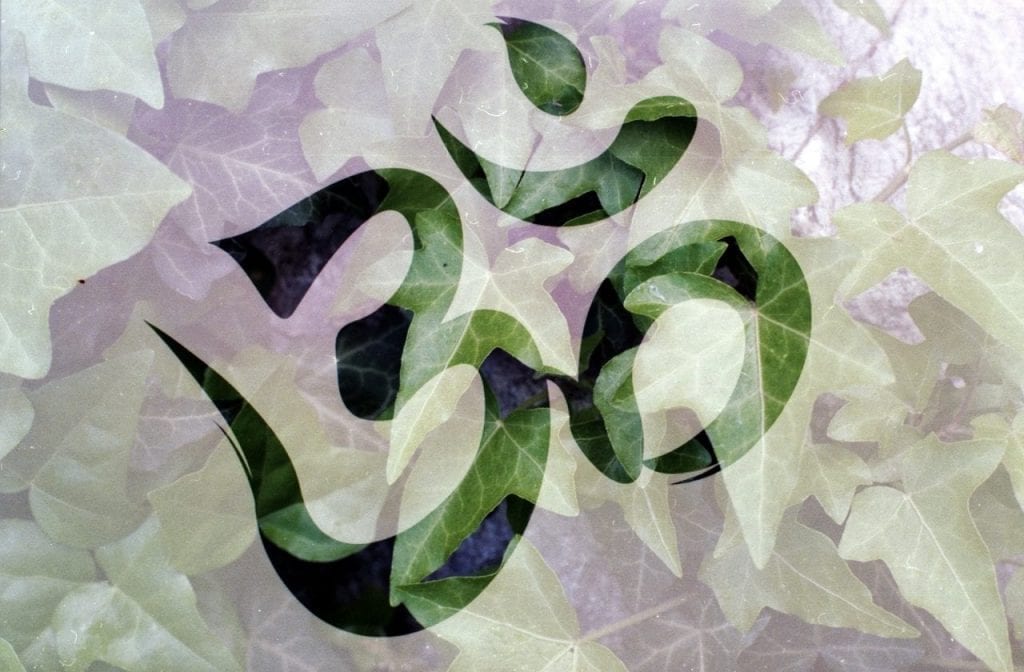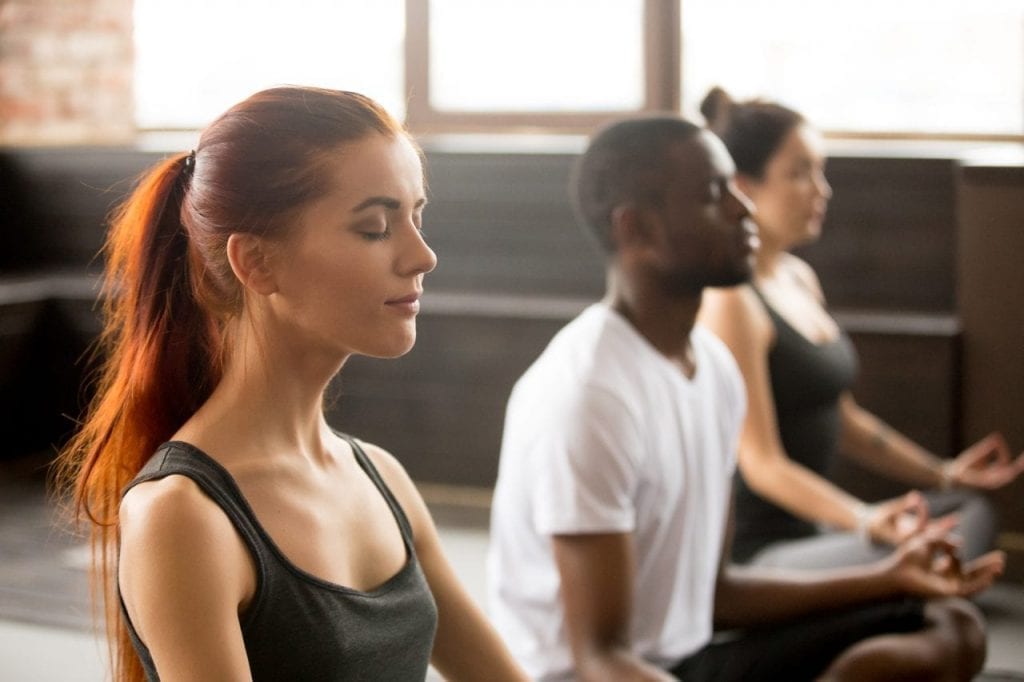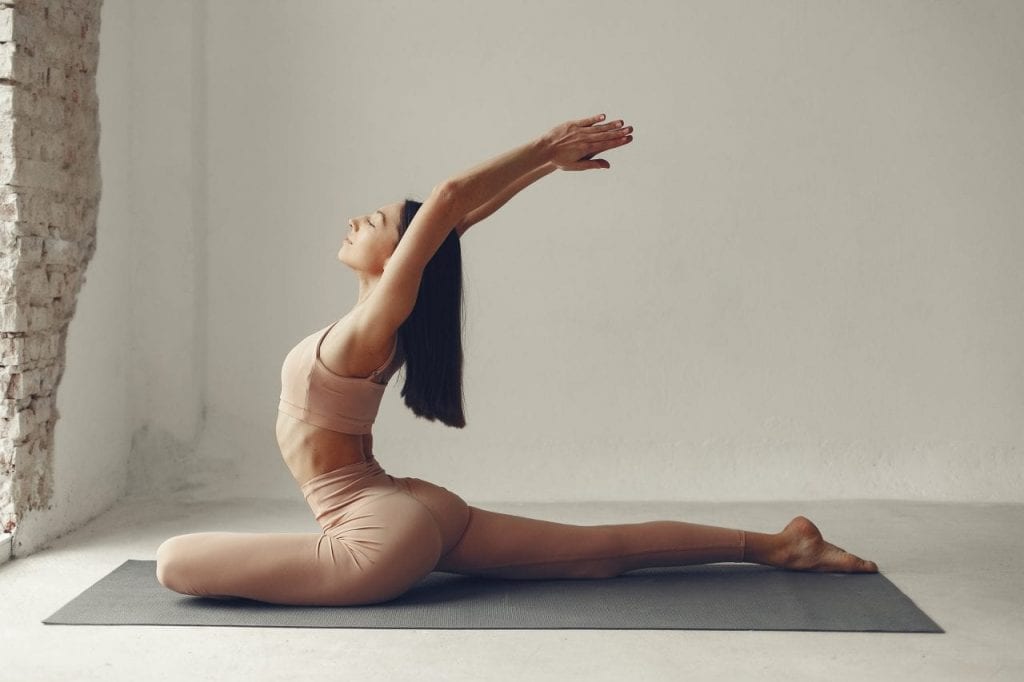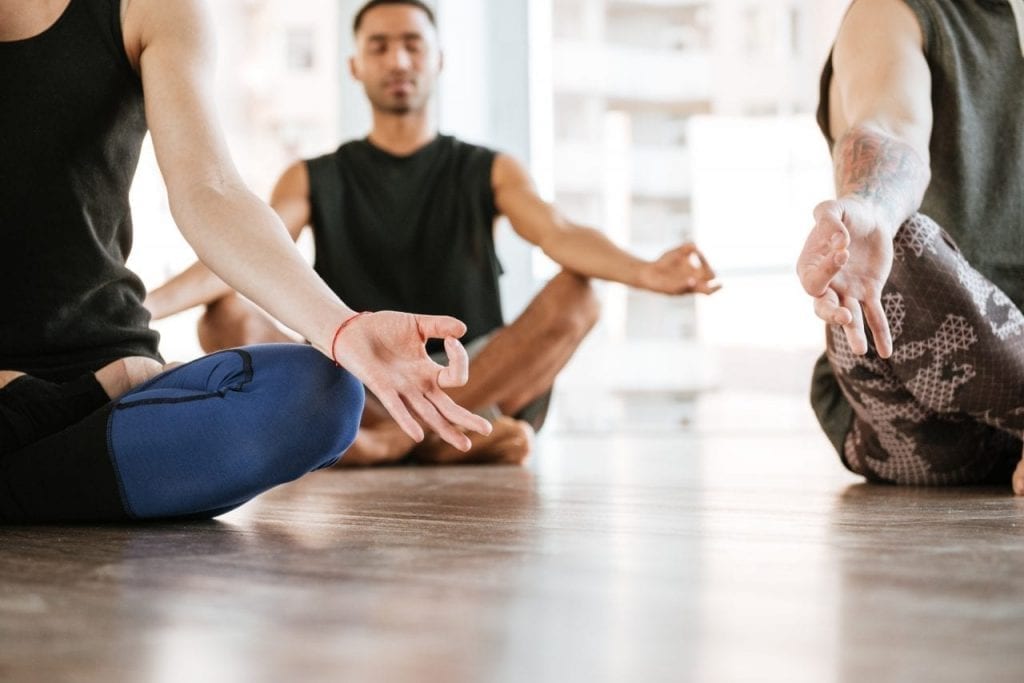Lately, Acro Yoga has become quite popular, you can see people doing it on the beach, or at the park, and you may be wondering, what exactly is it? Well, it is a fusion of yoga, acrobatics, and Thai massage. It pursues awareness and connection. And It is when two or more individuals create amazing figures with their bodies, it requires muscle, elasticity, and trust between the practitioners.
Acro Yoga is a practice that requires a lot of body contact, and coordination, it can strengthen the ties of the practitioners, and that is why they should have mutual understanding, great communication, and patience with one another (1)(2).
A little bit of the history of Acro Yoga
We do not have enough information on who really founded the practice of Acro Yoga, but there is a video of an instructor basing a kid in some backbend stretches, back in the late 1930s, this instructor was named T. Krishnamacharya (2).
Later in the 1980s, Benjamin Marantz created Acro Sage inversion Therapy, which involves inverted flying postures and some different massage techniques. While still in the 80s Contact Yoga was created by Ken Nateshvar Scott, this led the way to a solo practice in a more social dimension.
In 1999 Eugene Poku and Jessie Goldberg founded AcroYoga Montreal (AYM), their style of Yoga blended yoga, acrobatics, and dance. By 2003 Jason Nemer and Jenny Sauer-Klein founded AcroYoga International (AYI) to show this practice to the world in a more structural approach (1).
Acro Yoga practice
Acro Yoga has 2 main roles, that are the base and the flyer, and one highly recommended one that is the spotter.
The base is firmly situated on the floor, usually laying down in their back. This person is in charge of lifting up the flyer. One may think that you need to be really strong to bring up another person, but in reality, all it takes is knowledge and a lot of practice. The base supports the flyer with his hands and feet, and on some occasions, they can use other parts of their body. The secret is to keep your legs and arms perpendicular to the ground, so that when lifting up the other person all the weight is transferred to the ground through your bones, instead of using lots of muscle (3).
The flyer is lifted up by the base and rises in the air doing all sorts of poses. The main qualities that a flyer needs are; a strong core, great balance, and confidence. The spotter is an essential person that stays aside to assist, and for security purposes.
The base and the flyer should have a great connection and communication in order for them to achieve synchrony with every move, which is only achieved with time and practice. At first, they will communicate with words, but as time passes all they will need is their bodies to tell each other everything.
Acro Yoga class
- You will begin in a solo practice, cantering, and connecting with yourself, before forming a group or getting a partner.
- During an Acro Yoga class, you’ll learn acrobatic techniques to be able to lift and to be lifted safely.
There are 2 kinds of practice:
- Solar: Where the base and the flyer are active, they focus on doing dynamic acrobatic techniques. This practice is very engaging and amusing, you get to do a lot of tricks.
- Lunar: This style is more relaxing; it brings the Thai massage and other healing techniques into action. The flyer is lifted and it stays still while the base has the control and supports the weight, the base moves the flyer around to massage them (4).
The health benefits of Acro Yoga
The health benefits that Acro Yoga provides are confidence, power, strength especially in the arms legs, and in the core, it improves the circulation of the flyer due to the inversions like handstands and headstands. With the Lunar style, you get therapeutic benefits for both of the practitioners, the Thai massage that is provided by the base to the flyer helps relieve tension, and lets the energy flow through the body as it’s meant to be.
This type of yoga, unlike others, requires a deep emotional and physical connection with each other, it improves the confidence, trust, and creates a sense of partnership (4).
Postures for two in Acro Yoga
Front Plank:
This is the base for more complicated poses and the first one you will probably learn.
- The flyer will place the base’s feet on their groin and will lean forward elevating the legs, and holding the base’s hands.
- Some core strength to lift the legs up is needed and trust when leaning forward.
- The base will bend their legs initially, then press up the flyer in a controlled way.
- The flyer will remain with both legs straight and the arms straight to the floor, the base has both legs and arms straight.
- Both arms are piled up. The base controls the position of the flyer flexing or pointing the feet.
- The flyer bends the legs to come back and touch the ground.
Front bird
- Mimicking the Front Plank, but without hands, when both of you feel assured
- The flyer loses the base’s hands and extends the arms backward.
- The base can keep its arms up for extra safety.
Bow
- From Front Bird, the flyer takes their hands back to grab the feet while elevating the chest up.
- The base helps the flyer lift their chest by pointing their feet. The flyer takes deep breaths slowly.
Whale
- The flyer will face the opposite direction of the base, placing their feet at both sides of the base’s neck.
- The base will grab the ankles of the flyer and will place their feet on the flyers’ upper back.
- The flyer engages the core as it leans back, the base will initially bend their legs, and then push up the flyers back while supporting their ankles on the way up.
- The flyer can extend their arms over the head, and when he wants to come out the base will push the upper back to a standing position, while leading the feet to the floor.
Folder Leaf
This is the base for therapeutic Acro Yoga, where the base will massage the back of the flyer.
- The base will place their feet on the groin of the flyer as usual but turning them slightly out, which will give the flyer more space to perform the next movement.
- From Front Plank, the flyer loses the base’s hands and bends forward towards the base’s legs.
- To come out, they should connect their hands as in Front Plank and the base will slowly guide the flyer back to the floor giving the flyer sufficient time to recover from a long inversion.
Practicing Acro Yoga comes along with many benefits not only on your body but also on your mind and your relationships. It’s an entertaining way of exercising and becoming stronger and more confident.
Easy to learn and fun to practice with friends, while becoming a more balanced person, developing your communication skills, and generally being more aware.
Contents



